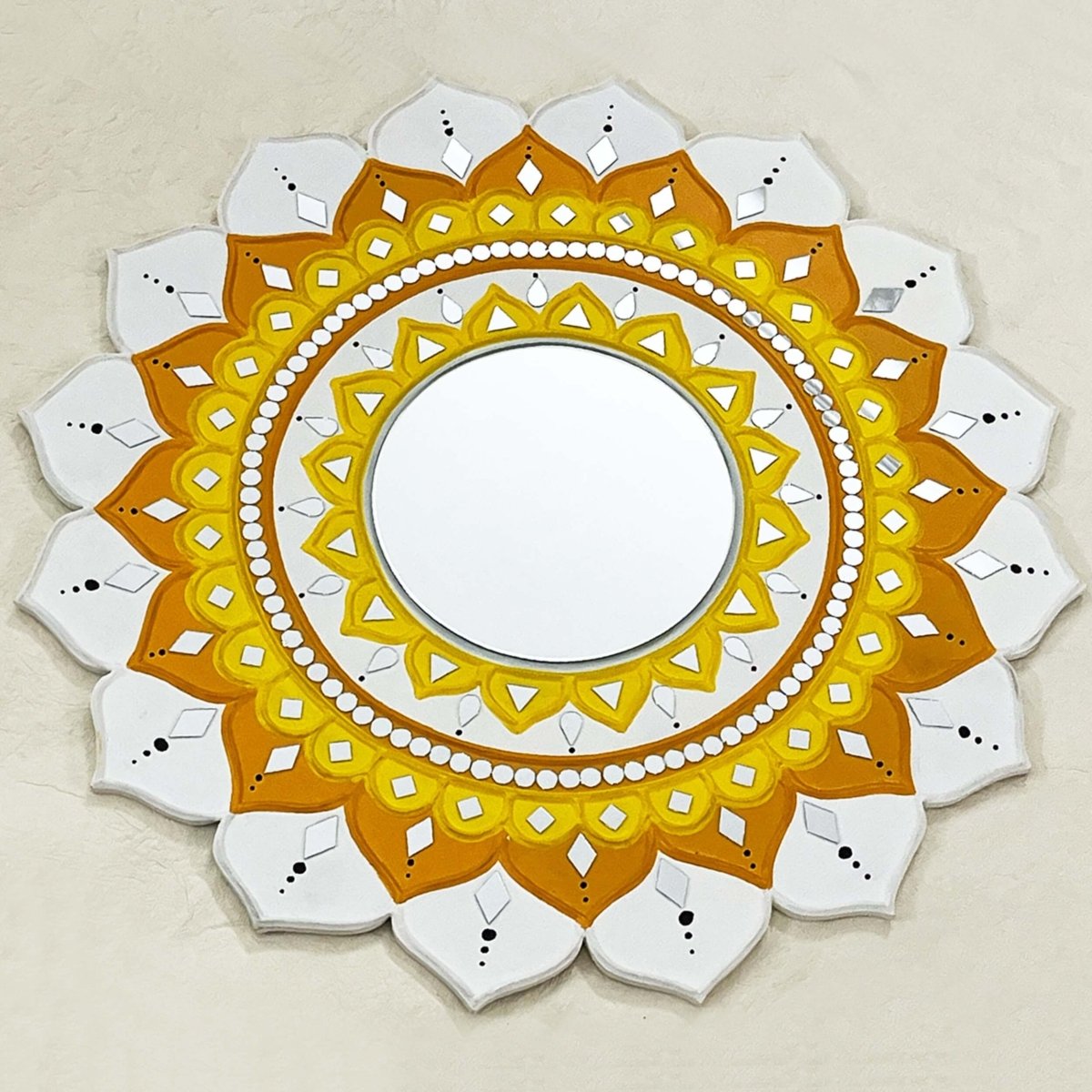Tanchoi’s Silk Route to India
BOOKMARK
Of the many exquisite Banarasi silk saris, the Tanchoi holds a special place. Light, soft and yet rich because of its embossed weaves and motifs, the intricate patterns on the Tanchoi make each piece, a work of art. But apart from its sheer beauty, the Tanchoi brocade is also a stand-out because of the story attached to it and the journey it made across the continent.
While it is closely connected to Banaras and its rich tradition of silk weaving, the Tanchoi traces its roots to China. It is said to have made its way to India thanks to Parsi traders who loved their silk!
Chinese silks, had been traded across the Indian subcontinent for centuries. Historical records suggest that Chinese traders sold silk textiles to India from the early years of the Han dynasty (206 BC-220 CE) to the period of the Ming Dynasty (1368-1644 CE). In return, Indian traders sold cotton to China for millennia . The ‘silk road’ for Chinese silk was in the reverse direction, a ‘cotton road’, quite literally.
The late 18th century CE saw the Parsis of the west coast, become dominant players in trade between India and China. By 1810, over 14 shipping companies owned by the Parsis, were incorporated in Bombay and they more or less dominated the Indo-Chinese trade. The Parsi traders exported cotton and opium and in return bought silk from China. Business flourished, bringing in prosperity and substantial lifestyle changes. Chinese woven silks were prized and brocades from there made their way into wardrobes. Brocade slippers and specially woven silk shoe pieces were also ordered.
The Origins of the Tanchoi Silks
The story of Tanchoi starts in the mid 19th century CE. It is believed that Sir Jamsetjee Jejeebhoy, a Parsi merchant commissioned three weavers from a Joshi family of Surat (traditional weavers) , to travel to China and learn the craft of weaving this particular brocade silk, around 1856 CE. Once they returned, the brothers adopted the name of their Chinese teacher, Chhoi, who had taught them the art of silk weaving. Tan, close to the Gujarati word tran meaning ‘three’, referred to the three brothers. Hence the silk they learned to make , came to be known as the Tanchoi.
Unfortunately, by the early 20th century, European fashion overshadowed Chinese influences in the port city of Bombay and silk was replaced by georgette and lighter fabrics in Parsi wardrobes. Alarmed by Tanchoi’s falling appeal , Kaikhushro, one of the descendants of the Joshi brothers, attempted to revive the fabric by setting up a factory in Surat, but it was a miserable failure.
In Bombay however, the production of Tanchoi sarees went on till the 1950s. It was around then that the Benaras weavers learned the art of making these brocades and started producing the same fabric, for a much cheaper price. This is also how some of the intricate Benarasi designs made their way onto Tanchoi silks. The motifs until then, were highly inspired by Chinese patterns which mostly included floral and faunal designs. The Indian versions we see today, sport predominantly paisley patterns.
Today, Tanchoi saris are back in the limelight and hugely popular across India. But few who buy it, notice the threads of history that created this rich fabric or how the ancient city of Banaras embraced the Tanchoi, making it its own!
– DID YOU KNOW
Narendra Modi, on a visit to the United Kingdom in 2015, presented a Tanchoi stole to Queen Elizabeth II.









